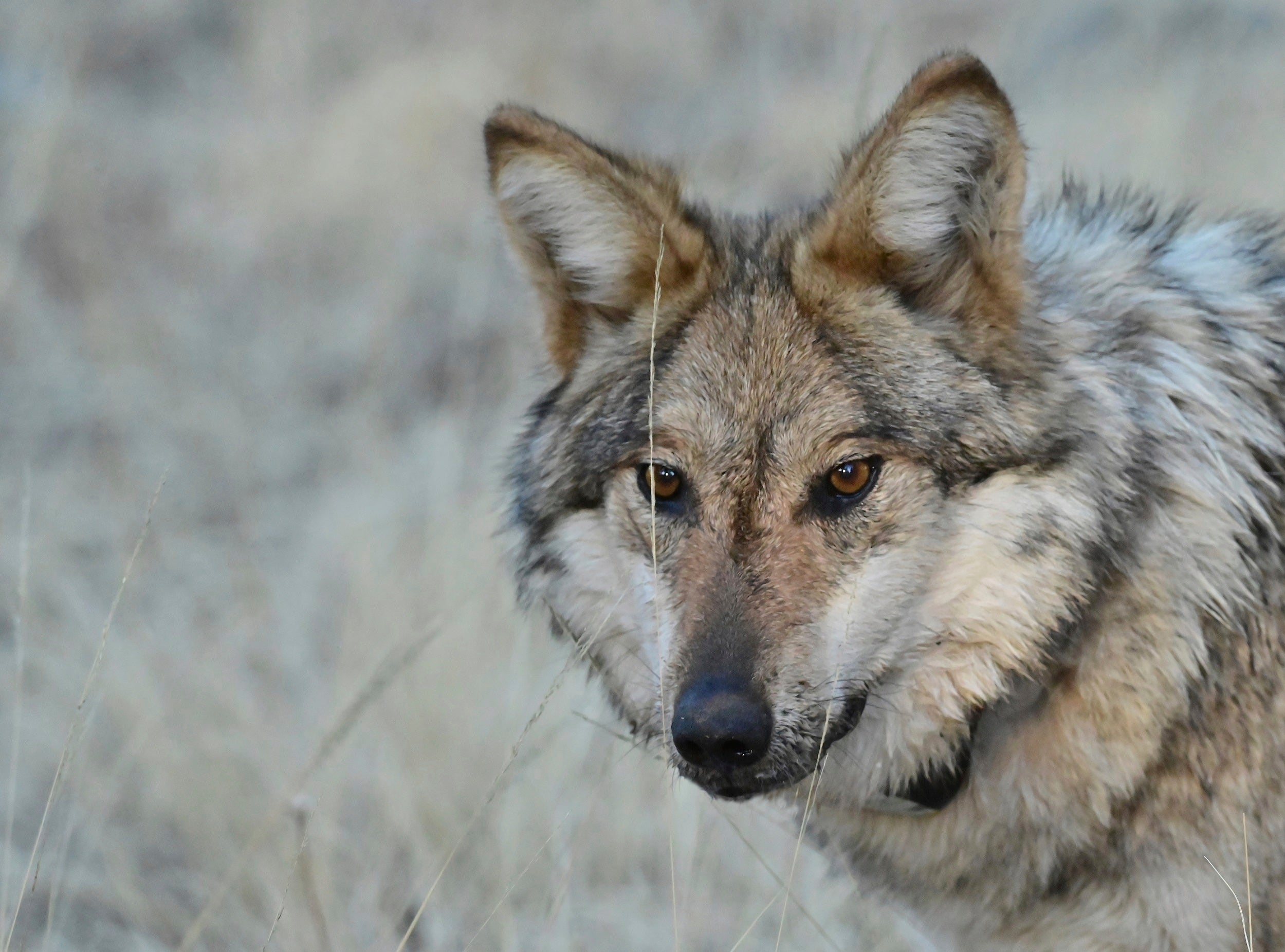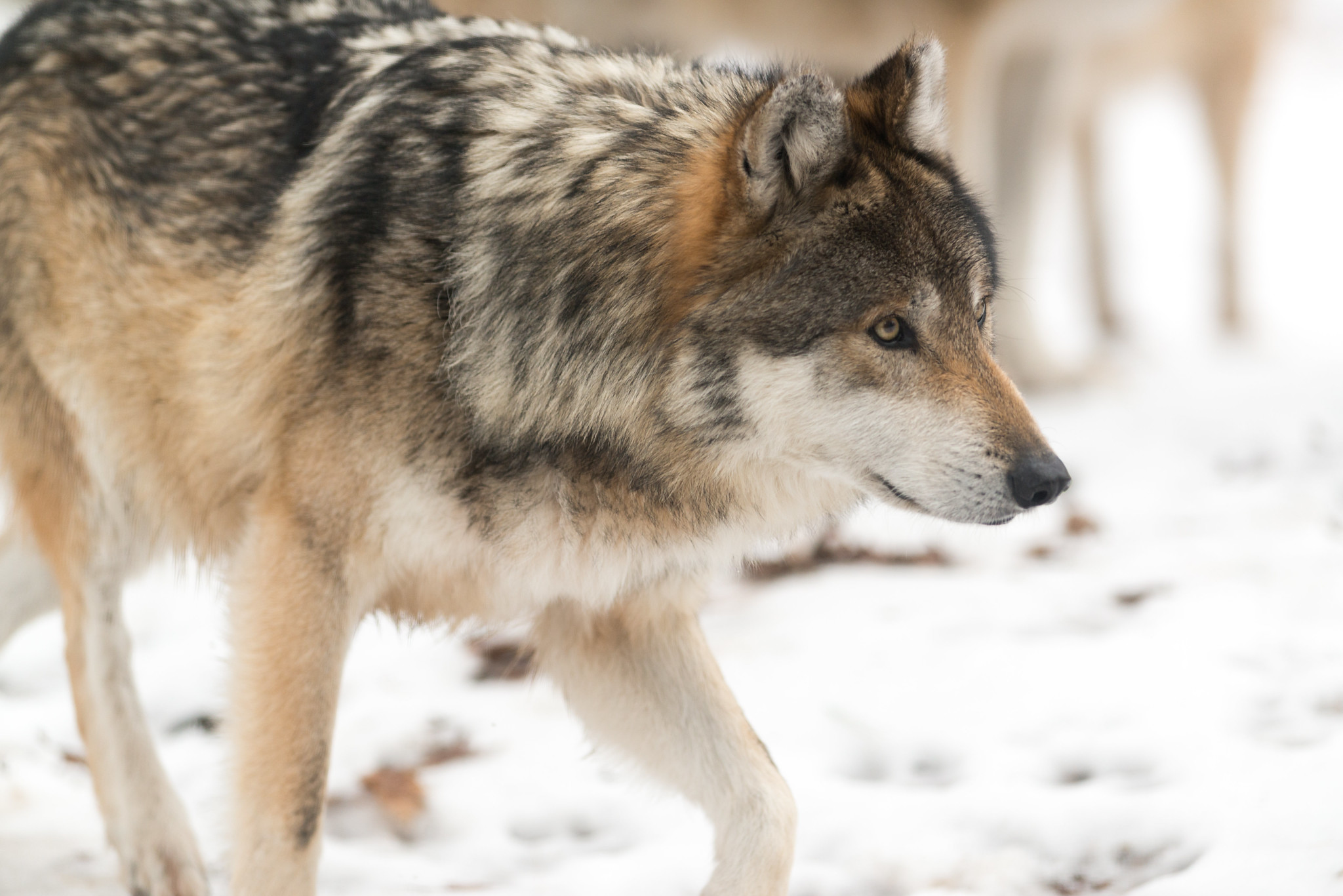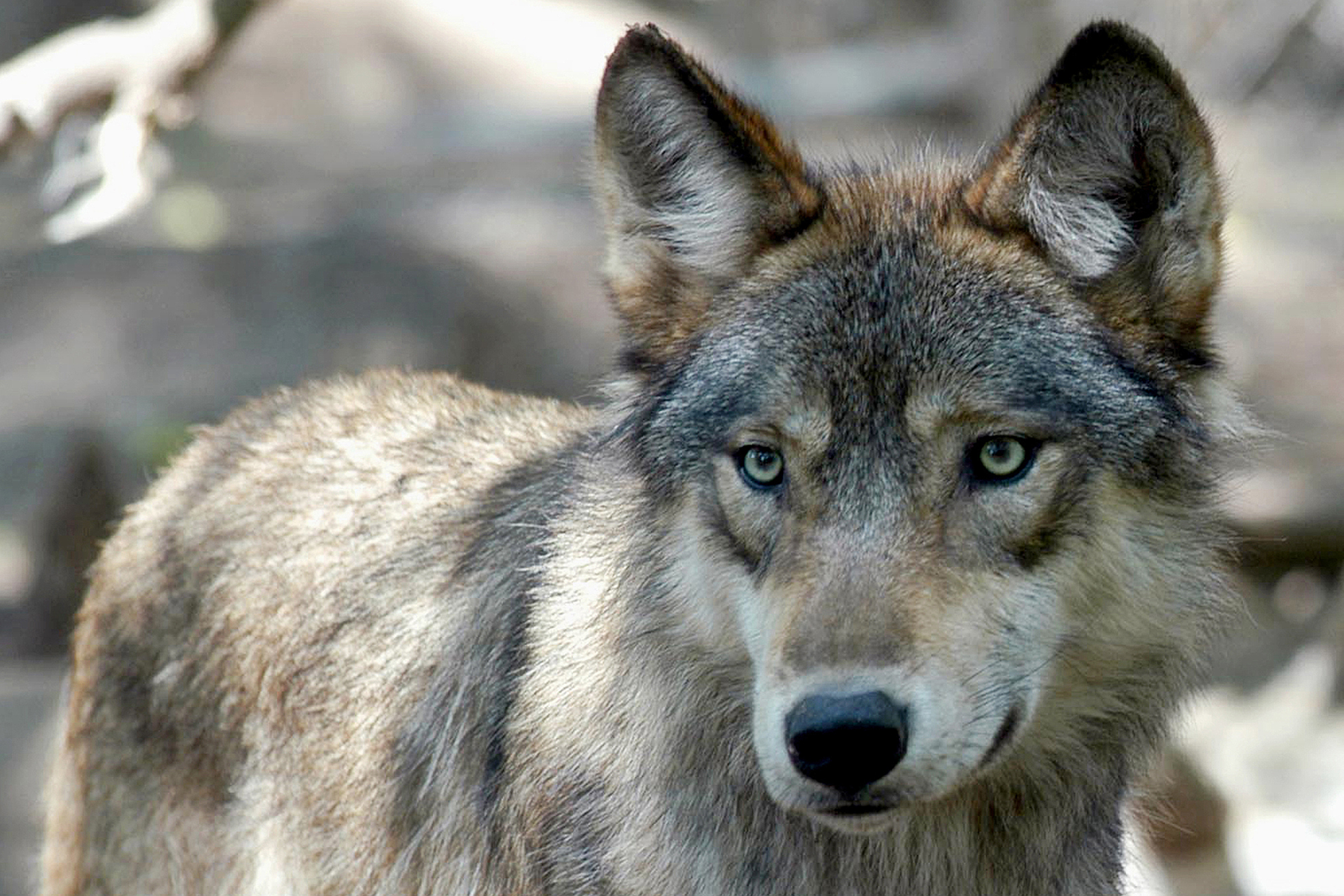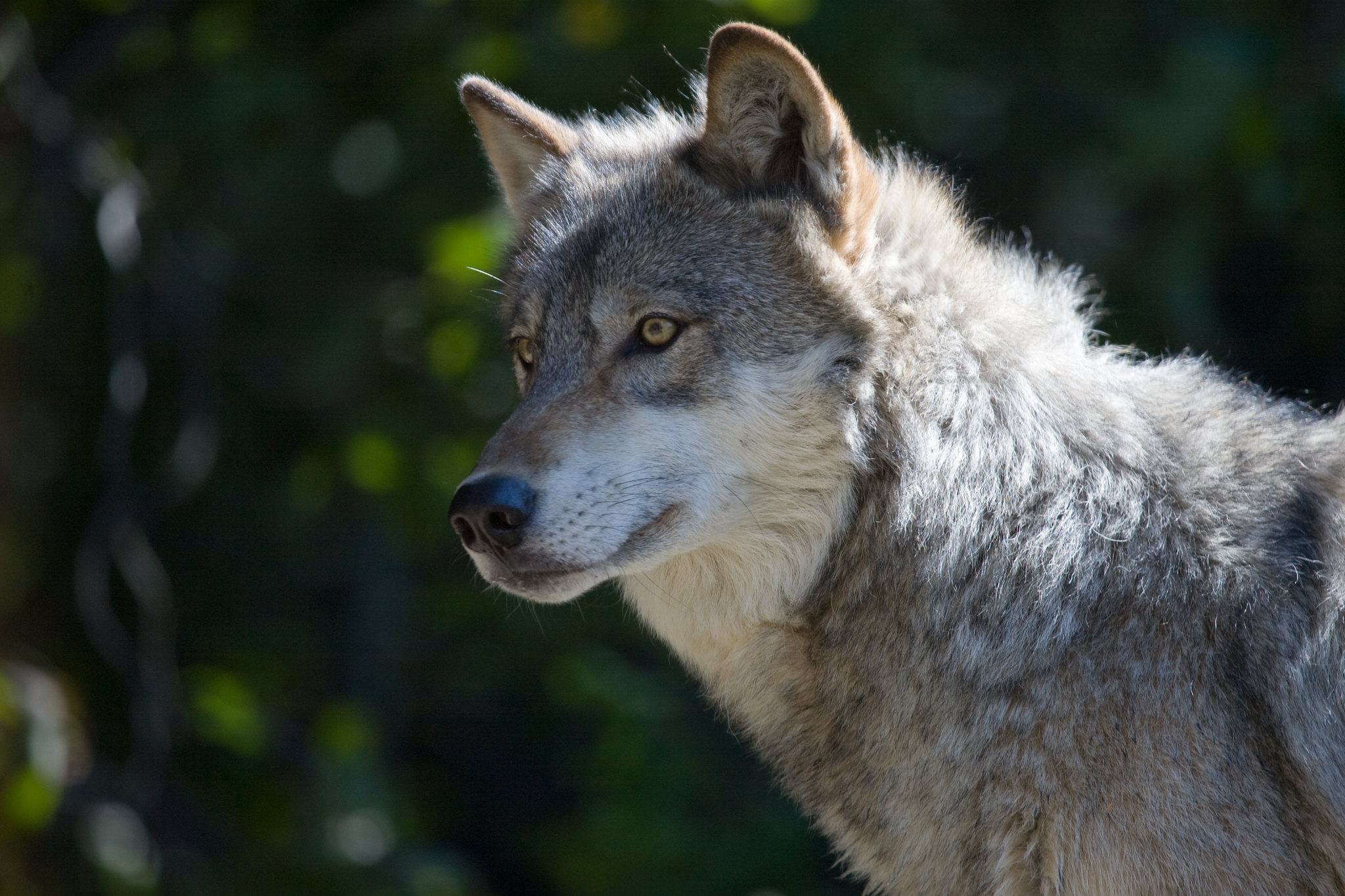Conservation and environmental groups are worried the Trump administration’s proposal to redefine harm under the Endangered Species Act may severely limit habitat protections for species in Wisconsin.
Although, some experts say the changes, if passed, may be minor in Wisconsin due to other protections and a limited number of federally listed species.
Last month, the U.S. Fish and Wildlife Service and National Marine Fisheries Service said in a proposed rule that habitat destruction shouldn’t qualify as harm. Federal agencies say it’s not in line with the historical understanding of “take” under the law as a means to kill or directly harm species.
Habitat loss is considered the greatest stressor on endangered species. Wisconsin has 25 species that are listed as federally threatened or endangered, including the northern long-eared bat, piping plover and the Karner blue butterfly.
Paul Mathewson, science program director at Clean Wisconsin, said it’s common sense that species will struggle if their shelter is taken away.
“It’s obviously going to make it harder to protect them when you can’t use habitat as a key lever for providing protections for them,” Mathewson said.
Rich Beilfuss, president and CEO of the International Crane Foundation in Baraboo, noted there were only about 21 whooping cranes in North America about 80 years ago. Since they were listed as federally endangered, their numbers have grown to about 800 birds. That includes about 70 cranes in the eastern migratory population that breed in Wisconsin and winter in the southern U.S.
However, Beilfuss said their recovery could be placed at risk if habitat for the migratory birds faces increased risk of development under the rule.
“Stripping away protections and making it easier to develop habitat or to harm the birds, that’s not the solution that we need,” Beilfuss said.
Federal agencies didn’t return requests for comment on the proposed rule.
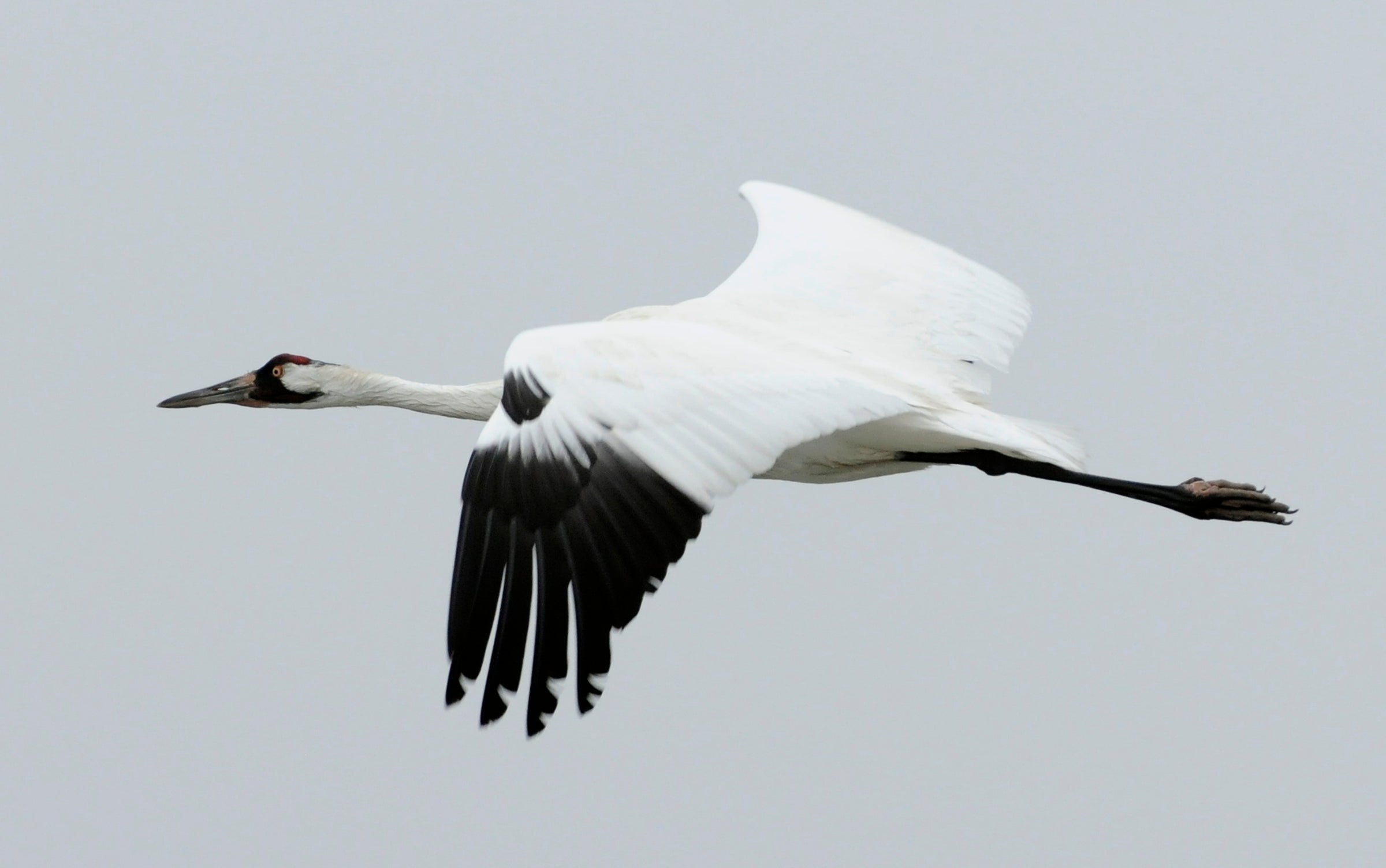
News with a little more humanity
WPR’s “Wisconsin Today” newsletter keeps you connected to the state you love without feeling overwhelmed. No paywall. No agenda. No corporate filter.
Agencies say definition of ‘harm’ isn’t the best meaning of the law
Both the U.S. Fish and Wildlife Service and National Marine Fisheries Service have previously interpreted “harm” to include degradation of habitat, and that definition has been upheld by the U.S. Supreme Court.
However, the court weakened agency interpretation of laws when it overturned the Chevron doctrine last year. The Trump administration also cited a dissenting opinion from Justice Antonin Scalia in a case brought by logging companies that challenged the broad definition of harm, saying it’s not the best meaning of the law.
“Accordingly, because our regulations do not accord with the single, best meaning of the statutory text, we propose to rescind the regulatory definition of ‘harm’ and rest on the statutory definition of ‘take,’” a federal notice states.
The Wisconsin Department of Natural Resources said it’s evaluating potential effects of the rule, but the agency declined to comment further. The changes would bring federal law more in line with Wisconsin’s threatened and endangered species law, which doesn’t protect habitat.
If implemented, the proposed rule may have a limited effect in Wisconsin, according to Stan Temple, emeritus professor of forest and wildlife ecology at the University of Wisconsin-Madison.
Temple said he played a small role in drafting the federal Endangered Species Act. He noted one of the purposes of the law is “to provide a means whereby the ecosystems upon which endangered species and threatened species depend may be conserved.”
“Within the state of Wisconsin, our federally listed endangered species are not going to be immediately and directly harmed if this ridiculous reinterpretation of harm actually comes to pass because we’ve already done an adequate job of protecting the species habitat in other ways,” Temple said.
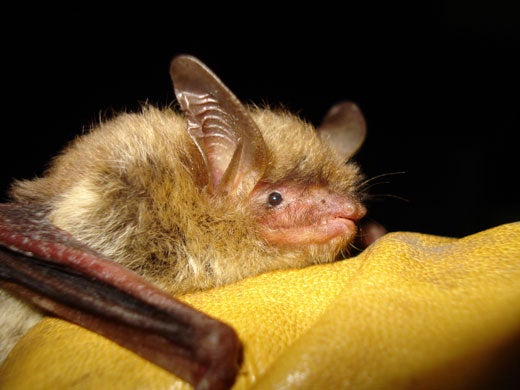
He said that includes the designation of critical habitat for many federally listed species in Wisconsin, which would still be protected. The designation requires federal agencies to avoid destruction or adverse changes to critical habitat for federally permitted activities. Habitat conservation plans also exist that may allow economic development in ways that avoid harm or minimize killing listed species.
For example, a bat habitat conservation plan protects federally listed bat species like the northern long-eared bat. The plan provides guidelines for forest management by retaining trees where bats may roost during harvest or limiting logging in areas where bats have been known to roost or hibernate.
Even so, President Donald Trump has also issued an order to boost logging, which may allow projects to bypass endangered species protections under emergency regulations.
Agencies are accepting comments on the changes through May 19.
Wisconsin Public Radio, © Copyright 2026, Board of Regents of the University of Wisconsin System and Wisconsin Educational Communications Board.



